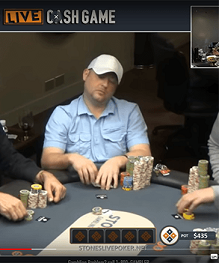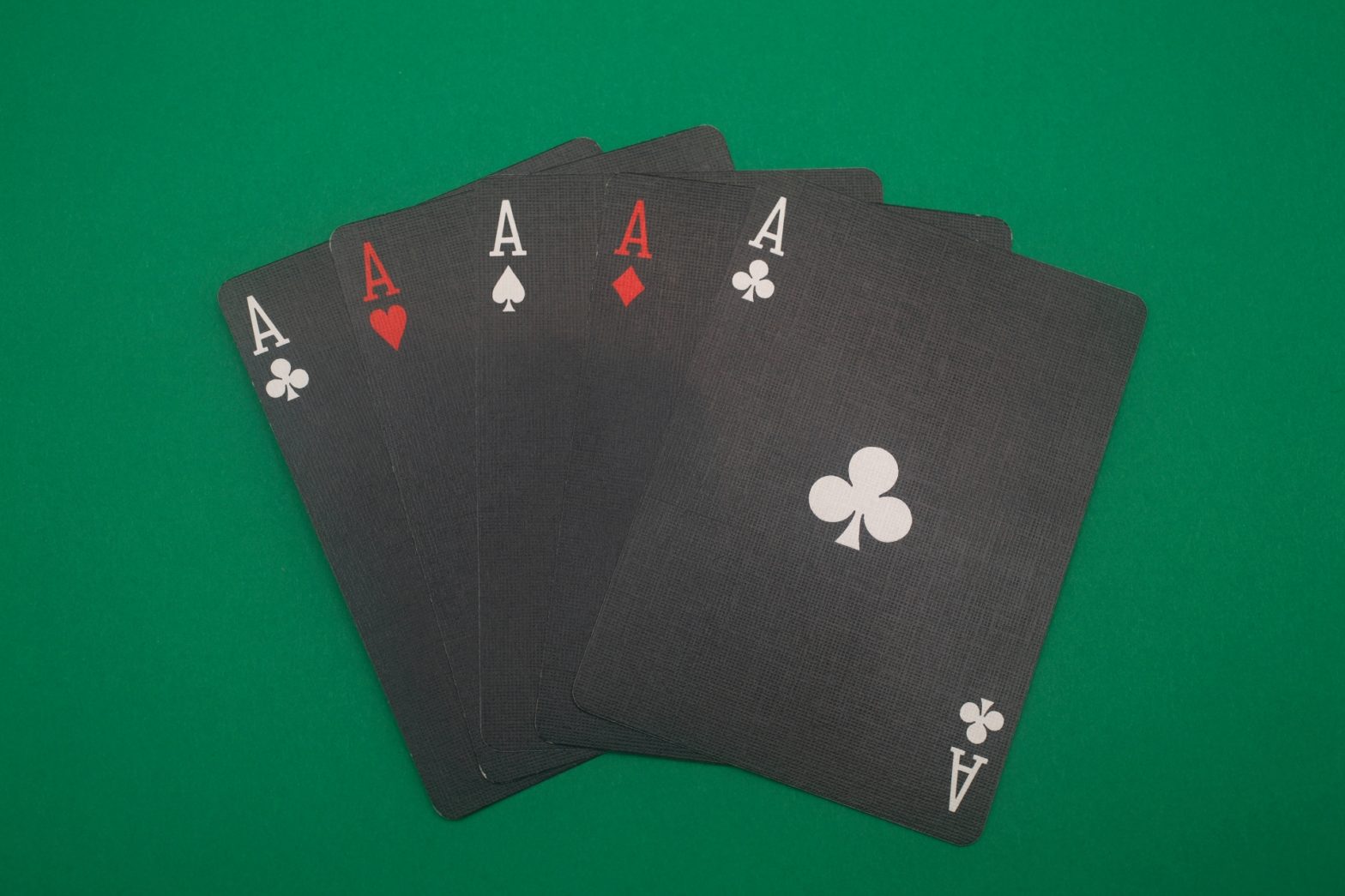Welcome back to another installment in the newly reborn Kickass Poker Blog, this time honing in on one of the highest-profile poker cheating cases in recent memory. Of course, that means it’s about accused cheater Mike Postle, who’s been accused of having used secret access to his opponent’s hole cards during dozens of modest-stakes “Stones Live” poker podcasts from Stones Gambling Hall in Sacramento, California.
Though the stated stakes were smallish, such as $1/2 and $2/5 NLHE and PLO, the game played loose and high. Postle was known to be the big winner in these games, but until game participant and podcast commentator Veronica Brill (@Angry_Polak on Twitter), bravely took the matter public, no one realized just how much Postle had won. Post-play analysis of several dozen streams where Postle played show that he likely won more than $300,000 in all.
That’s outlandish, and literally beyond the real of statistical possibility, given the number of hands and stakes played. It’s very much the live-poker equivalent of the “God Mode” online poker cheating that occurred over a decade ago at Absolute Poker and UltimateBet. Postle’s off-the-chart results rival those posted by the online cheaters using now-notorious screennames as Potripper and Nionio.
Oh, yeah, Postle cheated. And no one in the poker world with an ounce of deeper statistical and probabilistic knowledge doubts it. (Mike Matusow doesn’t qualify. Matusow, a vocal defender of Postle, is a brilliant reader of other players but doesn’t have the higher-math knowledge to parse such statistical arguments.)

Which brings up one of the questions that’s going to be central to the legal case, in which Brill and at least 75 other “Stones Live” players have sued Postle, game supervisor Justin Kuraitis, and the Stones Gambling Hall itself. What’s the best single item of proof that cheating occurred?
One of the frequent questions tossed out on various discussion forums concerns the likely lack of poker knowledge of jurors in an actual trial. Postle’s guilt is ironclad to those who know the game and understand the odds. Matter of fact, I’d expect lawyers for Postle and the other defendants to attempt to strike any potential jurors who appear to know too much about poker.
Therefore, the search for the proverbial “smoking gun” is of vital importance, and the presentation to a jury is vital as well. Postle’s lawyer has already told local news outlets that his defense will be that Postle is a brilliant player, poker hands can be played in a myriad of ways, and any of the hands which can be seen, cumulatively, as part of a larger cheat, might be suspicious individually but aren’t proof of anything.
It’s poker, after all. Even good players can take strange, strange betting lines.
So all the math and all the logic in the world, the argument goes, might not be enough. Despite the fact that in a civil trial, one needs only to prove the greater likelihood — meaning greater than 50% — that still might not convince some reticent jurors.
But there’s other evidence as well, and this is where the true smoking gun will emerge. All of Mike Postle’s actions were being recorded for the live podcast, and his cheating is evident in other ways.
My nominee for the single Postle hand that is most damning for his defense is one that other watchers have also identified. In the hand, posted a couple of months ago, Postle can be seen frantically wiping and re-wiping his cards across the in-table sensor that reads his cards. Prominent pro Doug Polk even posted the hand on YouTube, and it’s received over half a million views:
It’s such a sadly comical hand. Not only does Postle silently begin to panic as he realizes his cards aren’t being scanned, redoing the stram-requested wipe several times, he even prods the player to his left to re-scan his cards as well.
Here’s the reason this is the singular smoking gun: How did Postle know the cards weren’t being properly read? The dealer has no direct knowledge of what’s going on regarding the live stream, and the people operating the stream (including another defendant, Kuraitis) are a short distance away, either in a screened-off area or in another room.
It takes no knowledge whatsoever of poker’s rules or of arcane stats and probabilities to understand that something’s not right. Postle stands accused of getting his opponents’ hole-card info in live time, most likely to a smart phone hidden on his seat between his legs, but also possibly at times via an audio system embedded in his cap. (It may be the reason for Postle’s strange bending of his cap’s brim.)
And yet, the delivery system for the stolen card info ultimately does not matter. For the sake of guilt, it is enough to know that Postle was receiving information in live time. This, in my opinion, absolutely incontrovertible, and it is indeed the smoking gun.


I really like the point you’re making. I’m a poker player so I have no doubt about his guilt based on play and probabilities but also am aware of how those arguments will fly high above most jurors heads. You might be right (hopefully) that the behaviour in this hand is what can convince jurors with no poker background. Let’s just hope it’s enough!